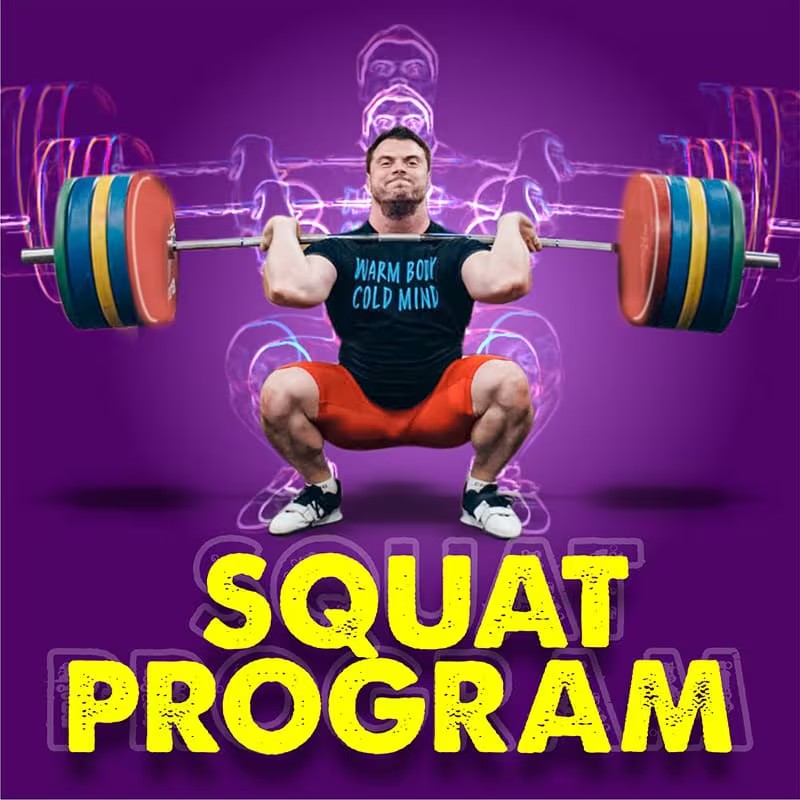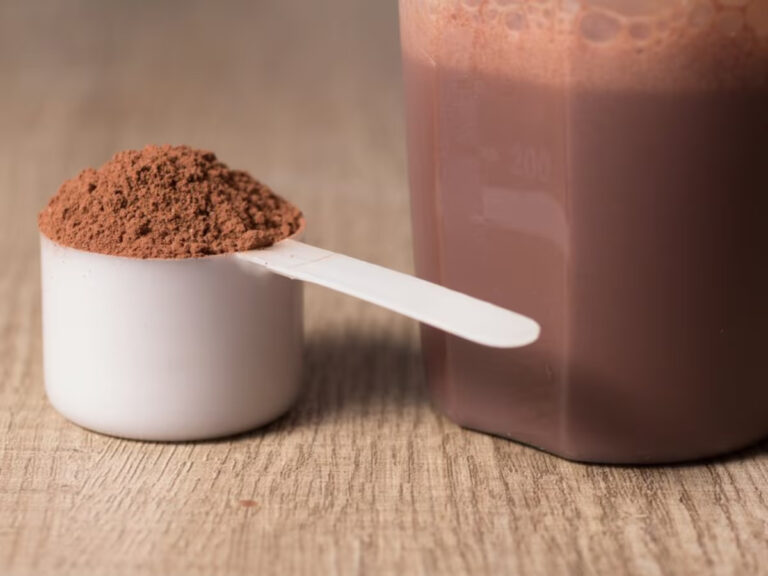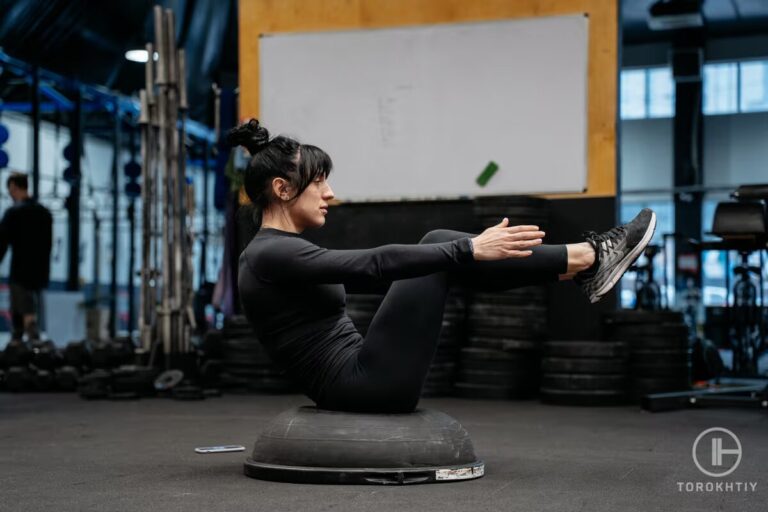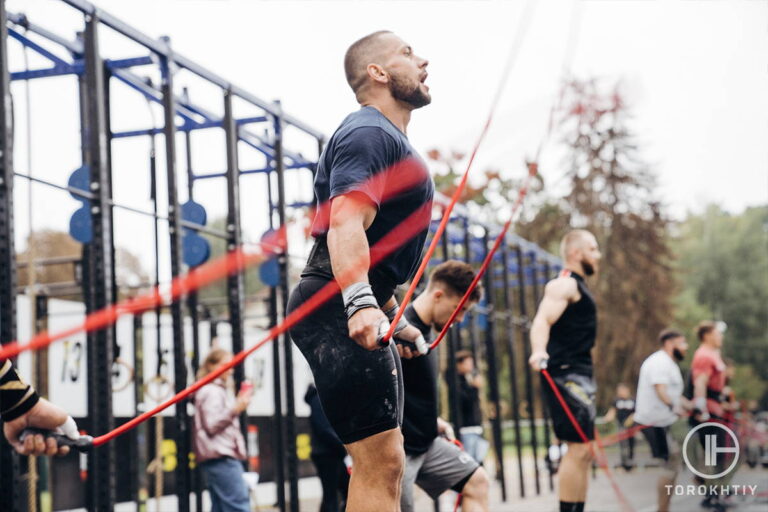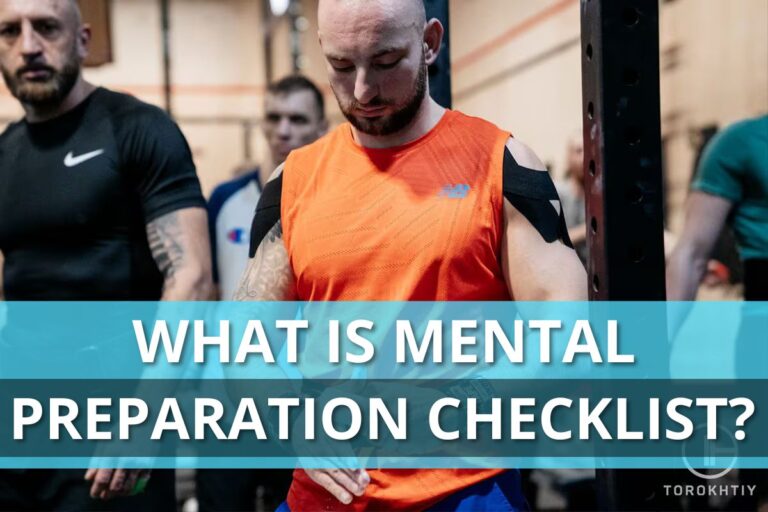Is a 225 lbs Squat Good?
The squat is not just a staple of strength training. It’s a comprehensive exercise that tests the limits of one’s physical and mental fortitude. Revered for its full body engagement, the squat recruits a symphony of muscle groups, from the course stabilizers to the powerhouse muscles of the lower body. It’s an exercise that is foundational, and it is functional mimicking every day movements, and translating to improve performance in various sports and daily activities.
Is a 225 lbs squat good? Yes, it stands as a commendable benchmark for strength, making significant progress in once fitness journey especially for beginner to intermediate lifters.
For many who embark on a fitness journey, squatting 225 pounds becomes a significant early target. It’s a weight that signifies a departure from the novice lifter status and is often viewed as the first major milestone in strength training.

Achieving 225 lbs squats is not just about numbers. It’s a clear indicator of strength, proper technique and the result of dedicated training. This weight is particularly noteworthy as it’s attainable for a wide range of individuals, serving as both a goal for beginners and a warm-up for the seasoned lifters. Recognizing its value “is a 225 lbs squat good” and “how long does it take to squat 225 lbs” becomes a questions that resonates in gyms around the world, sparking discussions among recreational lifters and professionals alike.
Understanding the 225 lbs Milestone
Firstly, 225 lbs equates to loading a standard 45-pound bar with two 45-pound plates on each side. This setup is not only visually satisfying but also psychologically motivating. For many recreational and young lifters, being able to squat with two plates is a clear and tangible representation of their progress and strength gains.
In terms of training levels, squatting 225 lbs usually moves an individual from the beginner to the intermediate category. It signifies that the lifter has moved past the initial adaptation phase where gains are often quick, and mostly neuromuscular to face where against are more dependent on the muscle, hypertrophy and refined technique.
This milestone is also relevant in the context of functional strength, squatting to 225 pounds correlates with improved performance in daily activities and other sports, indicating a level of strength that is beneficial beyond the gym. It’s a weight that demonstrates not just gym strength, but functional practical strength that can enhance overall quality of life.
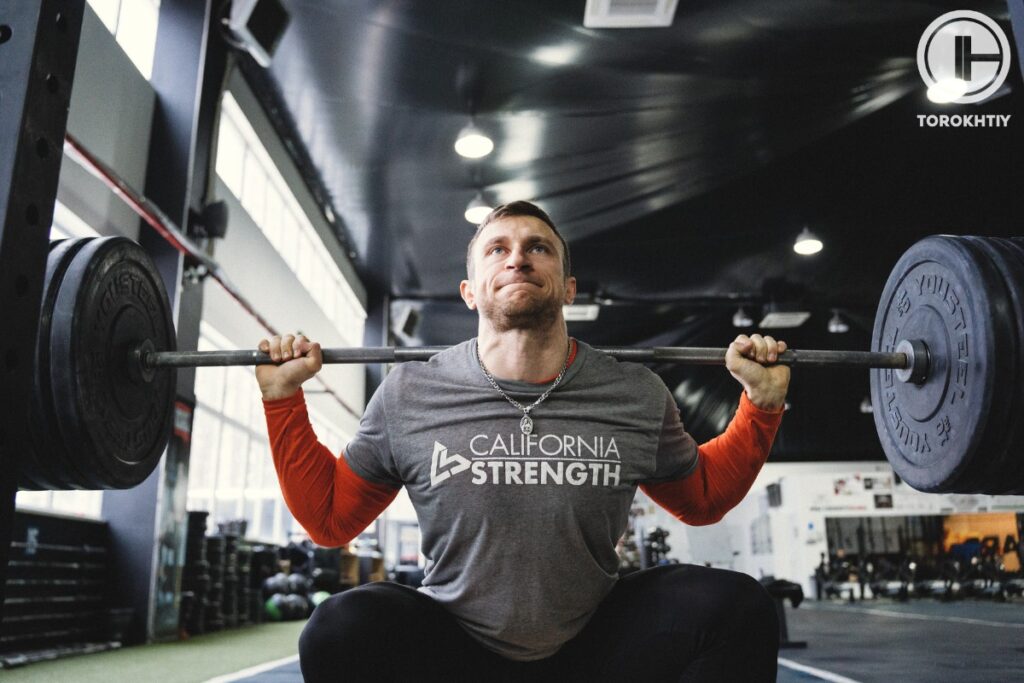
Building Up To 225 lbs Squat
Building up to 225 pounds squat is a journey and that requires dedication, proper technique and a well-structured progression plan. Whether starting as a beginner or progression as intermediate lifter, certain steps are crucial to safely and effectively reach this milestone.
1. Mastering the Technique
The first step for beginners is to learn proper squat form. This includes understanding, food placement, hip hinge, back alignment, and depth. Starting with bodyweight squats or using PVC pipe, can help in grasping the correct form.
2. Progressive Overload
Once the form is consistent, beginners should start squatting with an empty bar progressively adding weight in small increments. This approach allows the body to adapt to the squatting movement while building strength. This could mean adding 5-10 pounds to the bar each week or increasing the number of repetition and sets.
3. Consistent Training
Schedule regularity is a key beginners should aim to squad at least two times a week, ensuring they give their body ample time to rest and recover between sessions.
4. Focus on Compound Exercises
Incorporating other compound movements like deadlifts, lunges and leg presses, helps build overall leg strength, which is crucial for improving squat performance.
5. Incorporating Variations
Adding variations like front squats, paused squats or box squats can help overcome plateau and strengthen different aspects of the squat.
6. Strength and Accessory Work
Focusing on strengthening the muscles involved in squatting, such as the quadriceps, hamstrings, glutes and core is crucial. Accessory exercises like Romanian deadlifts like curls carve raises can be beneficial.
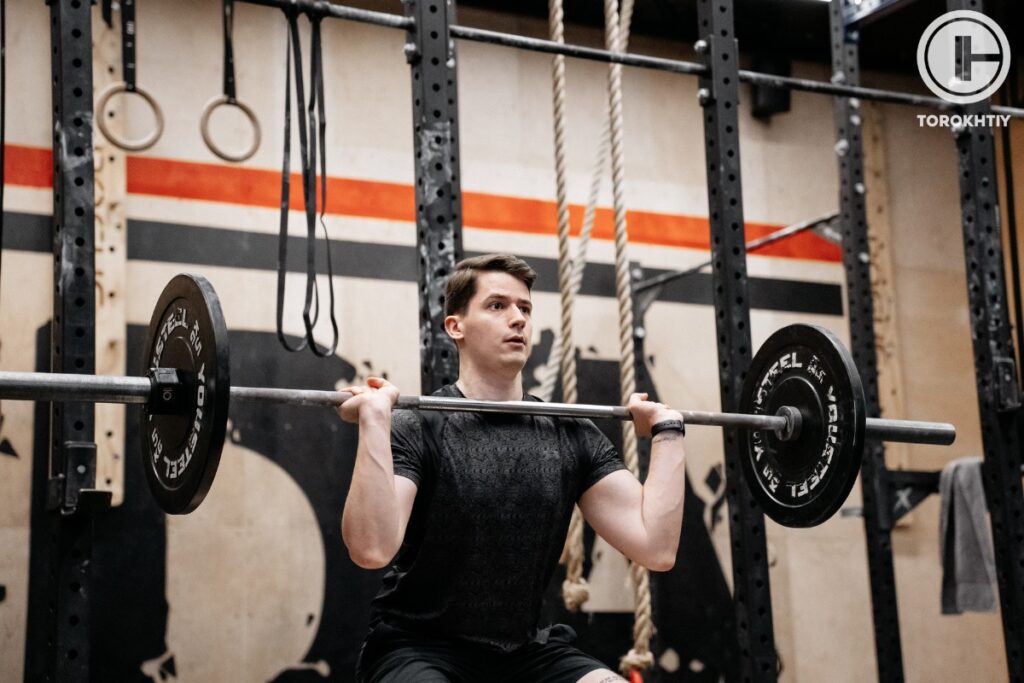
Training Variables
Achieving at 225 lbs squat is influenced by several key training variables, each playing a vital role. Understanding frequency, intensity, duration, nutrition, recovery and genetics impact this goal can help tailor and more effective training approaches.
1. Frequency
The number of times you squat per week is crucial. For beginners squatting 2-3 times a week allows for enough stimulus for strength gains while providing ample recovery time. As lifters become more advanced, they might adjust their frequency, incorporating more or less on their body`s response and recovery.
2. Intensity
This refers to the amount of weight lifted. Gradually increasing the intensity is essential for muscle adaptation and strength increase. A balance needs to be struck between lifting heavy enough to challenge the muscles and not so heavy that it compromises form or leads to injury.
3. Duration
The length of each training session and the overall time dedicated to reach the 225 pounds goal can vary. Short, focused sessions are often more effective than prolonged and less intense workouts. It’s the quality of training, not just the duration that contributes to progress.
🔻12 Week Squat Program by Oleksiy Torokhtiy
Do you want to double your squat strength? In just 12 weeks, you’ll be able to boost your squat results.
This program transforms any ordinary squat into a powerful athletic movement.
What’s included:
- 12 weeks of squat programming;
- Effective combination of sets, reps, and weights;
- Fully designed and coached by Oleksiy Torokhtiy;
- Over 60+ movements, banded work, and weight training;
- Accessory work for core, joint stability and injury prevention;
- Max out on back squat and front squat at the end.
Start now and boost your squat results!
4. Nutrition
Adequate nutrition is the fuel for muscle growth and recovery. A diet, rich in protein, healthy fats, and carbohydrates, aligned with the individual’s caloric needs support strength, building and recovery.
5. Recovery
Adequate trust, including sleep and days off from training is essential. Recovery allows muscles to repair and grow stronger. Overlooking this can lead to overtraining and hinder progress.
6. Genetics
Genetic factors play a role in muscle composition, recovery rate, and overall strength potential. While genetics can’t be changed, understanding one`s by type can help in customizing training and setting realistic expectations.
Balancing these variables is key to effectively building up to 225 pounds squats. Each factor interfaces with the others, creating a unique training environment for each individual. Understanding and adjusting these elements will lead to more efficient and safer progress towards the goal.
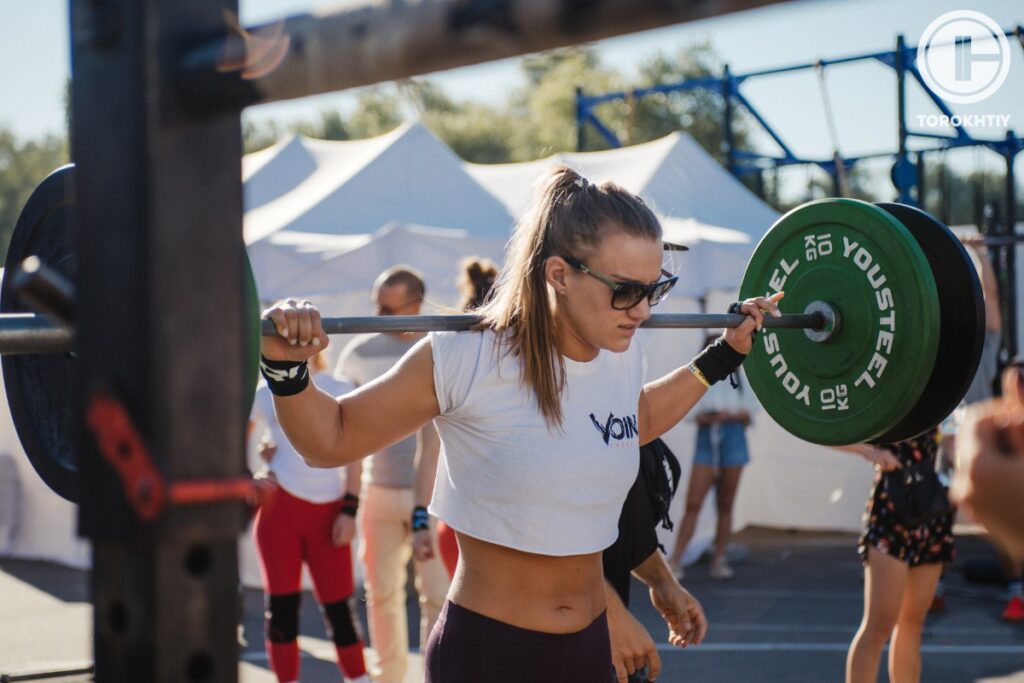
Periodization and Programming
Periodization and structured programming are critical for efficiently reaching a 225 pounds squat. A well-planned training program should incorporate phases of varying intensity and volume to maximize strength gains while minimizing the risk of injury or burnout.
Phase 1: Foundation Building (4-6 weeks)
- Focus: Establishing proper squat form and building basic leg strength.
- Frequency: Squat 2-3 times a week with moderate intensity.
- Workout Structure: Begin with bodyweight or light barbell squats, gradually adding weight. Include accessory exercises, like leg presses and lunges to build overall leg strength.
- Volume and Intensity: Start with higher volume (3-4 sets of 8-10 reps) and lower intensity, progressively increasing the weight each week.
Training Session Example
- Warm-Up*: 10 minutes of dynamic stretches, focusing on the legs and hips.
- Back squats: 4 sets of 10 reps with an empty bar.
- Leg Press: 3 sets of 12 reps at a comfortable weight.
- Walking Lunges: 3 sets of 16 reps (8 per leg) with light dumbbells.
- Goblet Squats: 3 sets of 10 reps with a moderate kettlebell to work on depth and form
- Cool Down: 10 minutes of static stretching focusing on quads, hamstrings and glutes
*Warm-Up and Cool Down are mandatory for all sessions.
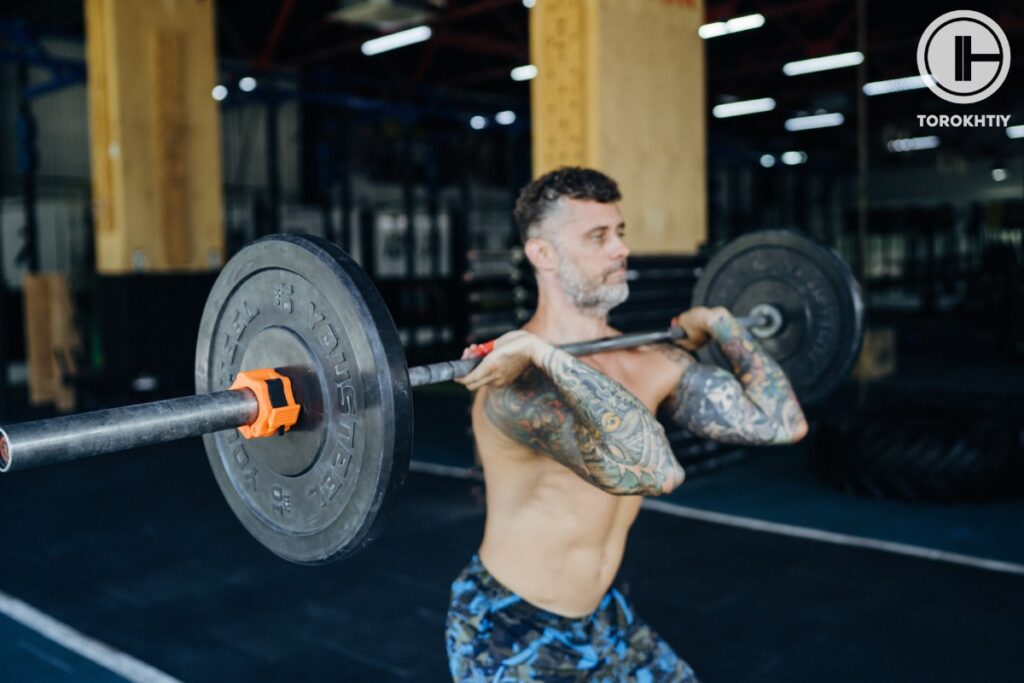
Phase 2: Strength Development (6-8 weeks)
- Focus: Increasing squat strength through progressive overload.
- Frequency: Continue squatting, 2-3 times a week, varying intensity.
- Workout structure: Heavier squats with lower reps (4-5 sets of 4-6 reps). Include squat variations like front squats or paused squats for diversity.
- Intensity: gradually increase the weight, while focusing on maintaining proper form.
Training Session Example
- Box Jumps: 3 sets of 5 reps to develop explosive power.
- Back Squats: 5 sets of 5 reps, adding weight, each set until each challenging but doable.
- Front Squats: 3 sets of 6 reps at the moderate weight to emphasize quad development.
- Paused Back Squats: 3 sets of 3 reps with 2 seconds pause at the bottom using about 60-70% of the weight from the regular squats.
Phase 3: Intensity and Peak (4-6 weeks)
- Focus: Reaching peak strength levels to attempt a 225 pound squat.
- Frequency: Squat 1-2 times a week with high intensity.
- Workout structure: Focus on heavier lifts (3-5 sets of 1-3 reps) close to the target weight. Reduce accessory work to ensure the recovery.
- Volume and Intensity: maximize intensity, while keeping volume low to avoid fatigue.
Training Session Example
- Back Squats: 4 sets of 3 reps at 85-90% of current max.
- Deadlifts: 3 sets of 3 reps at the similar intensity to squats for posterior chain strength.
- Overhead press: 3 sets of 5 reps to maintain upper body strength.
- Core work: weighted planks, 3 sets of 30 seconds to build core stability.
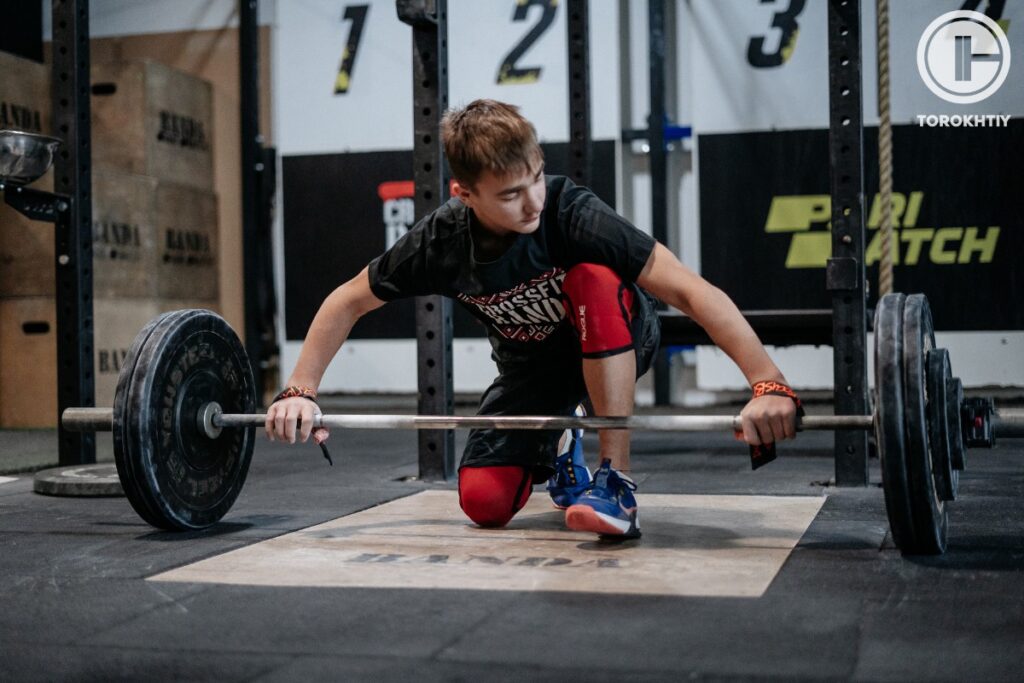
Phase 4: Deload and Test (1-2 weeks)
- Focus: Recovery and testing the 225-pound squat.
- Frequency: Squat once slightly and then test the 225-pound squat.
- Workout Structure: perform light squats or take a complete break for several days before attempting the PR.
Training Session Example
- Back Squats: 2 sets of 2-4 reps at 50-60% of current max.
- Mobility Work: focusing on flexibility and core strength.
- Light Accessory Work: body weight exercises like air squats, lunges for low intensity.
Test Day – PR Session Example
Back squats: a few sets, ascending in weight, leading up to the test weight 225 pounds squat. Attempt 225 lbs weight with proper spotting and safety measures
Regardless of the test outcome, perform a cool down with light stretching and reflect on the progress made.
FAQ
Is 225 A Big Squat?
A 225 lbs squat is a respectable lift, especially for those who are new to strength training. It represents a solid foundation of lower body strength and the stepping stone towards more advanced lifting goals.
Is 225 A Good Squat For A Man?
For many men, especially those who are new to weightlifting, squatting 225 lbs is a good benchmark, indicating a strong foundation and significant progress in their strength training regimen.
Conclusion
Squatting 225 lbs is a strong milestone for many reflecting, hard work and dedication in strength training. Whether you are just starting or pushing past your current best it’s a commendable goal to achieve. Have you hit the target or are you striving to? Join the conversation in the comments and share your experience or ask for tips on reaching the squats in success.
Referenses:
- Bloomquist K, Langberg H, Karlsen S, Madsgaard S, Boesen M, Raastad T. Effect of range of motion in heavy load squatting on muscle and tendon adaptations. Eur J Appl Physiol. 2013 Aug;113(8):2133-42. doi: 10.1007/s00421-013-2642-7. Epub 2013 Apr 20. PMID: 23604798.
- Marchetti PH, Jarbas da Silva J, Jon Schoenfeld B, Nardi PS, Pecoraro SL, D’Andréa Greve JM, Hartigan E. Muscle Activation Differs between Three Different Knee Joint-Angle Positions during a Maximal Isometric Back Squat Exercise. J Sports Med (Hindawi Publ Corp). 2016;2016:3846123. doi: 10.1155/2016/3846123. Epub 2016 Jul 18. PMID: 27504484; PMCID: PMC4967668.
- Schoenfeld BJ. Squatting kinematics and kinetics and their application to exercise performance. J Strength Cond Res. 2010 Dec;24(12):3497-506. doi: 10.1519/JSC.0b013e3181bac2d7. PMID: 20182386.
- MacKenzie SJ, Lavers RJ, Wallace BB. A biomechanical comparison of the vertical jump, power clean, and jump squat. J Sports Sci. 2014;32(16):1576-85. doi: 10.1080/02640414.2014.908320. Epub 2014 Apr 16. PMID: 24738710.
- Robertson DG, Wilson JM, St Pierre TA. Lower extremity muscle functions during full squats. J Appl Biomech. 2008 Nov;24(4):333-9. doi: 10.1123/jab.24.4.333. PMID: 19075302.
Why Trust Us?
With over 20 years in Olympic Weightlifting, our team does its best to provide the audience with ultimate support and meet the needs and requirements of advanced athletes and professional lifters, as well as people who strive to open new opportunities and develop their physical capabilities with us.
By trusting the recommendations of our certified experts in coaching, nutrition, dietology, and sports training programming, as well as scientific consultants, and physiotherapists, we provide you with thorough, well-considered, and scientifically proven content. All the information given in the articles concerning workout programming, separate exercises, and athletic performance, in general, is based on verified data. We ensure that you can rely on our professionals’ pieces of advice and recommendations that can be treated as personalized ones which will benefit you and fully meet your needs.
The product testing process is described in more detail here
Author: Sergii Putsov
Head of Sport Science, PhD
Best Results: Snatch – 165 kg,
C&J – 200 kg
Sergii Putsov, Ph.D., is a former professional weightlifter and National team member, achieving multiple medals in the 94 kg weight category at national competitions. With a Master’s degree in “Olympic & Professional Sport Training” and a Sport Science Ph.D. from the International Olympic Academy, Greece, Sergii now leads as the Head of Sport Science. He specializes in designing training programs, writing insightful blog articles, providing live commentary at international weightlifting events, and conducting educational seminars worldwide alongside Olympic weightlifting expert Oleksiy Torokhtiy.

